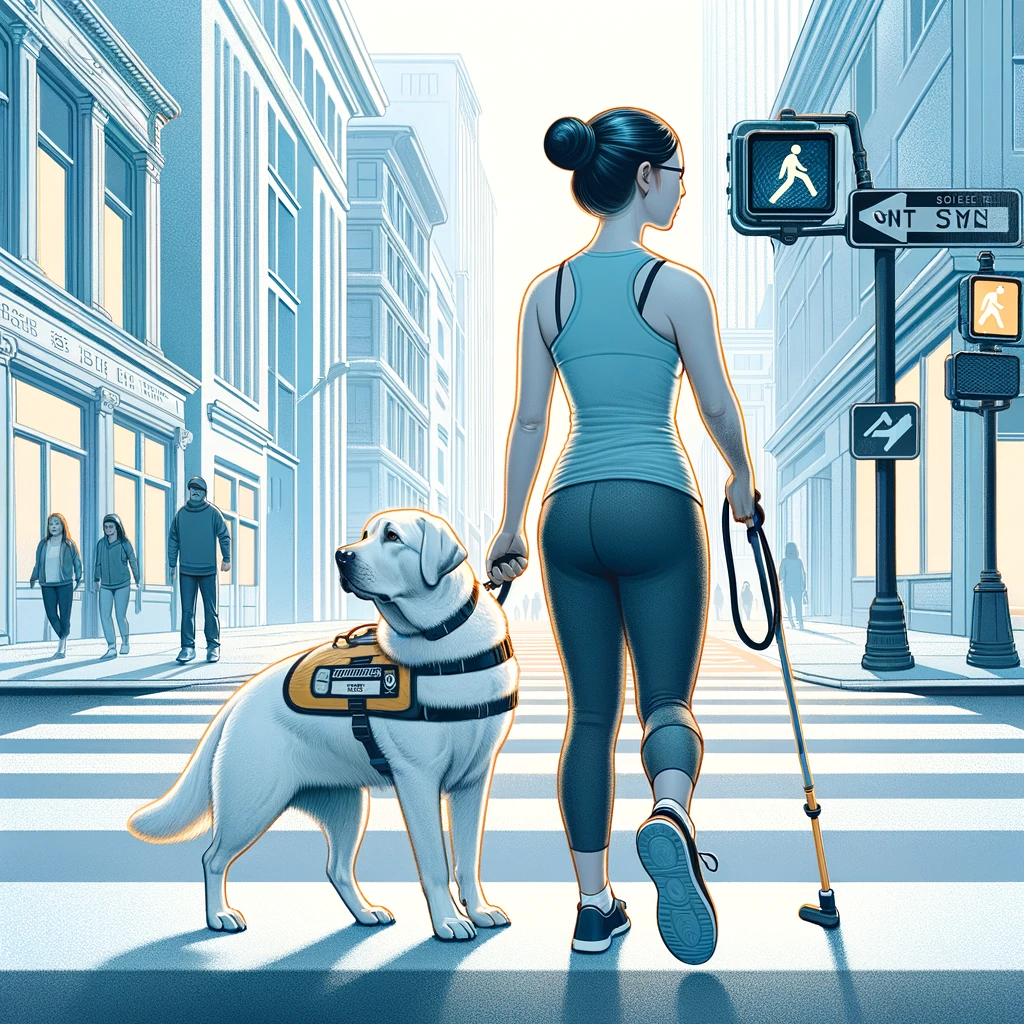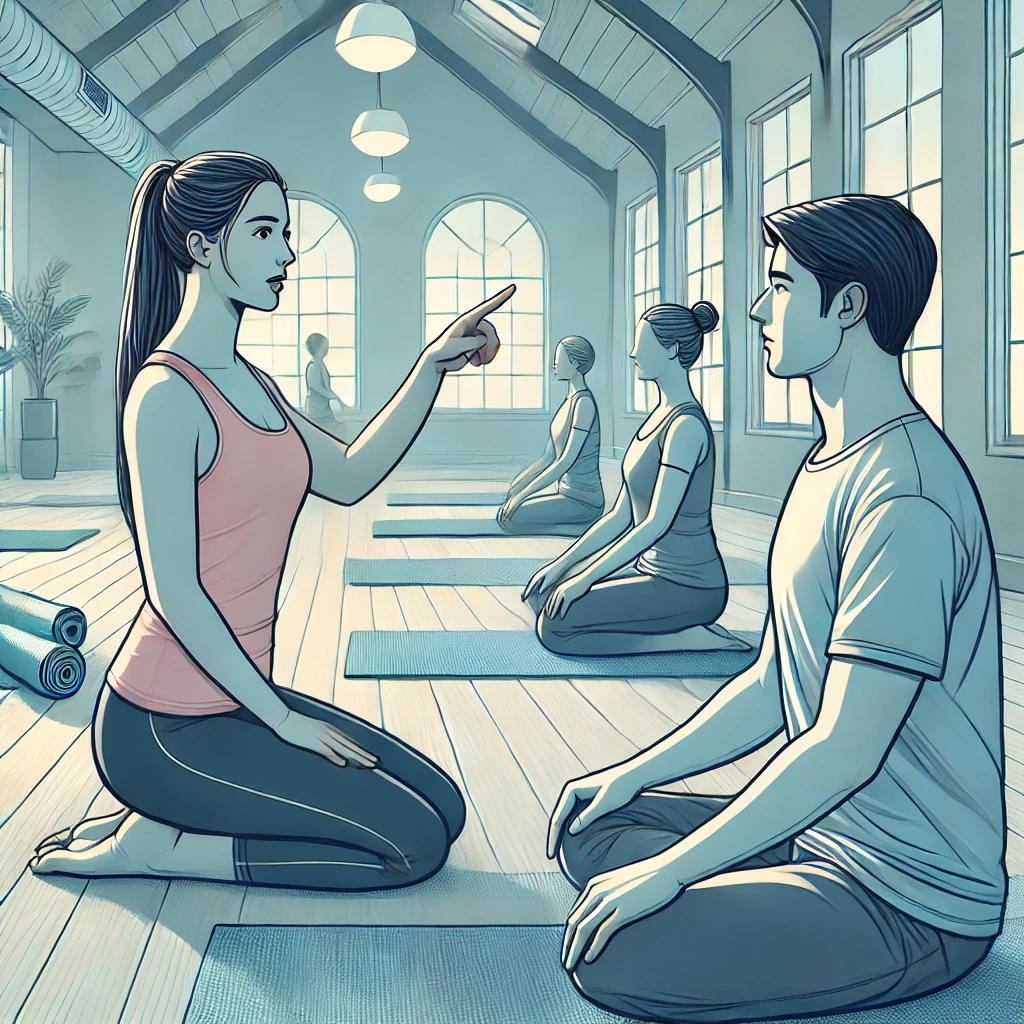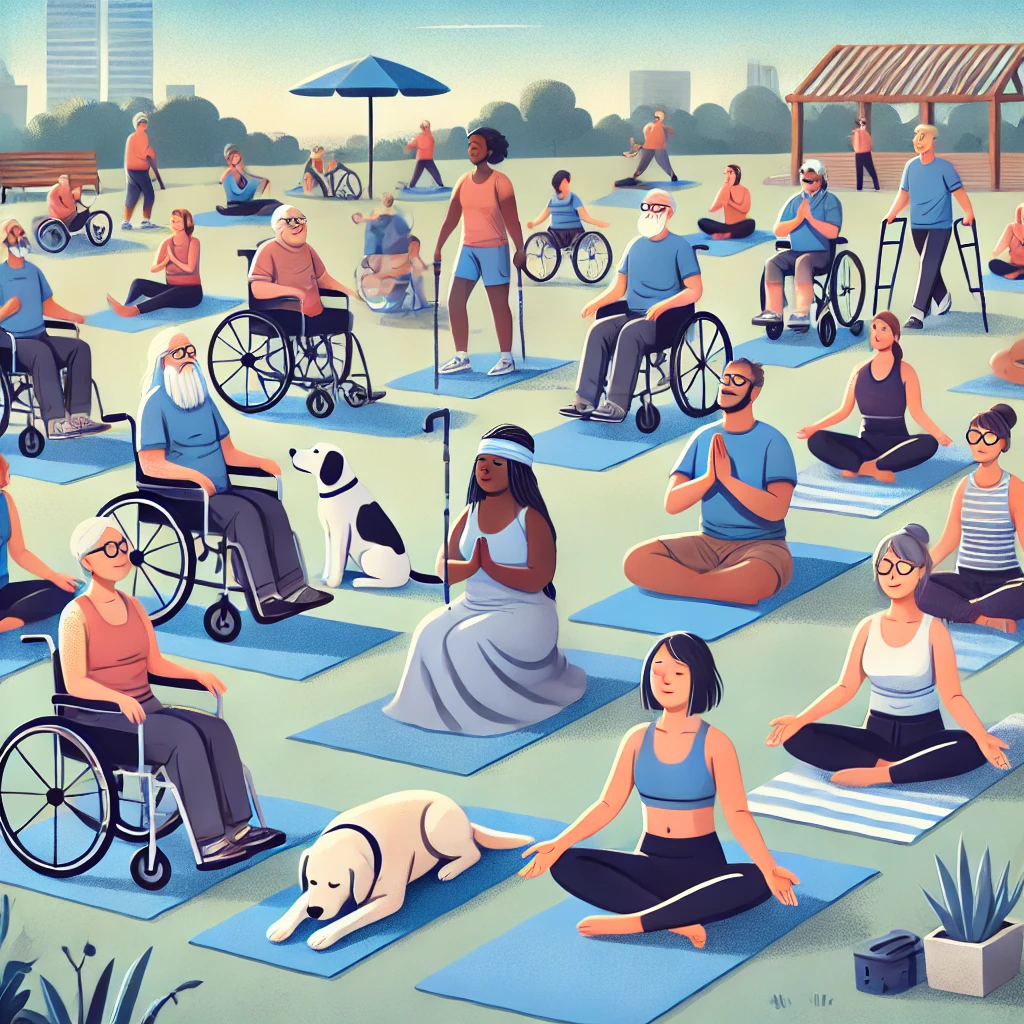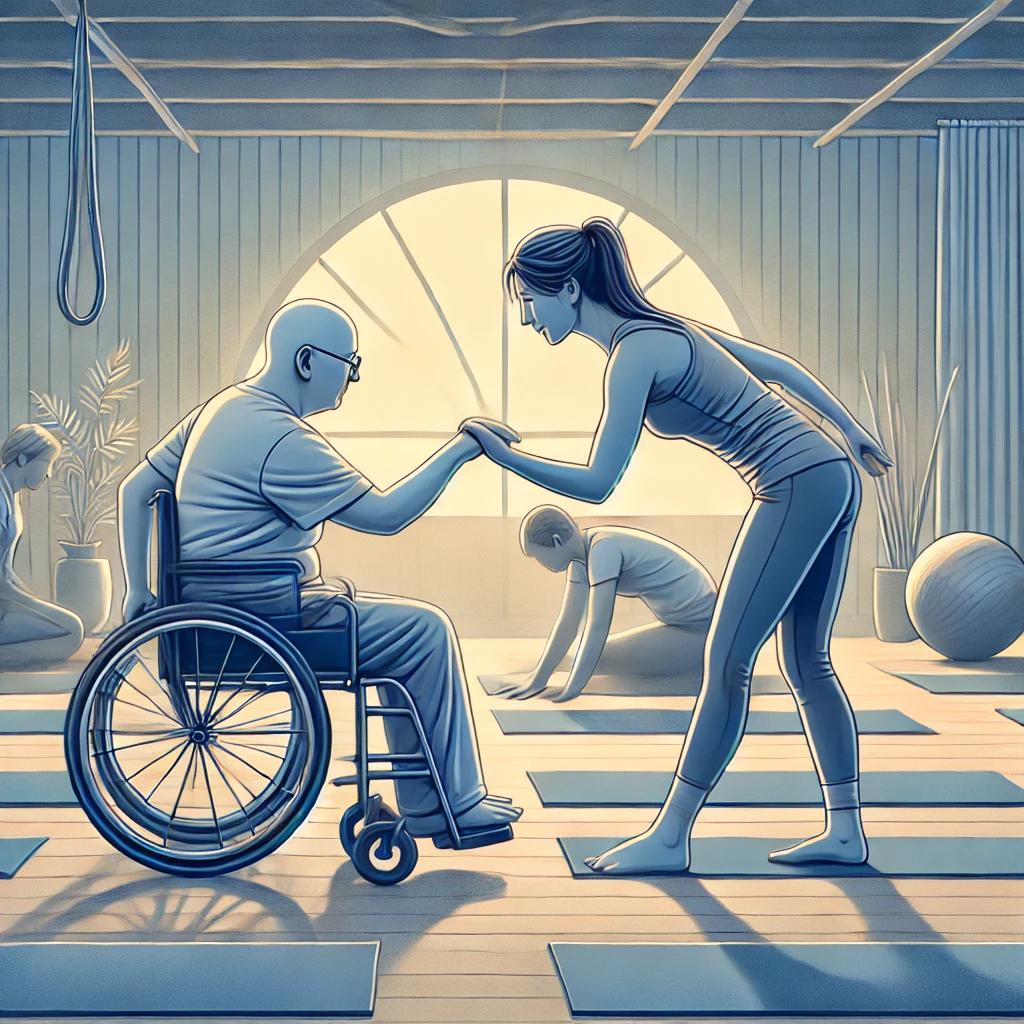Effective Communication with People with Disabilities
By: Tracey Eccleston | Ageless Arts Yoga
Date: August 2024
Effective communication with people with disabilities is essential for fostering inclusivity and respect. Here are detailed guidelines to help you interact appropriately and thoughtfully:
Table of Contents
- 1. Speak Directly
- 2. Offer a Handshake
- 3. Identify Yourself
- 4. Offer Assistance Appropriately
- 5. Treat Adults as Adults
- 6. Respect Personal Space
- 7. Listen Attentively
- 8. Position Yourself at Eye Level
- 9. Get Attention Appropriately
- 10. Use Common Expressions Naturally
- 11. Respect Service Animals
- 12. Provide Clear Directions
- 13. Be Mindful of Physical Barriers
- 14. Use Accessible Communication Methods
- 15. Educate Yourself
- 16. Avoid Assumptions
- 17. Encourage Inclusion
- 18. Be Patient
- 19. Follow Their Lead
- 20. Stay Relaxed and Positive
1. Speak Directly
When talking with a person with a disability, always speak directly to that person rather than through a companion or sign language interpreter. This demonstrates respect and acknowledges the individual as an equal participant in the conversation.
2. Offer a Handshake
When introduced to a person with a disability, it is appropriate to offer to shake hands. People with limited hand use or who wear an artificial limb can usually shake hands. Shaking hands with the left hand is also acceptable.

3. Identify Yourself
When meeting a person who is visually impaired, always identify yourself and others who may be with you. During group conversations, identify the person to whom you are speaking to avoid confusion.
4. Offer Assistance Appropriately
If you offer assistance, wait for the offer to be accepted. Then, listen to or ask for instructions to understand how to help effectively.
5. Treat Adults as Adults
Address people with disabilities by their first names only if you do the same for everyone else. Avoid patronizing actions such as patting someone on the head or shoulder.
6. Respect Personal Space
Leaning on or hanging on to a person’s wheelchair is like leaning on or hanging on to the person. The wheelchair is part of their personal space and should be respected.

7. Listen Attentively
When speaking with someone who has difficulty speaking, listen attentively. Be patient and wait for them to finish rather than interrupting or finishing their sentences. If necessary, ask short questions that require brief responses. Never pretend to understand; instead, repeat what you have understood and allow the person to correct you.
8. Position Yourself at Eye Level
When talking with a person who uses a wheelchair or crutches, position yourself at eye level to facilitate better communication.
9. Get Attention Appropriately
To get the attention of a person who is deaf, tap them on the shoulder or wave your hand. Look directly at them and speak clearly, slowly, and expressively to determine if they can read your lips. Not all deaf individuals can read lips, so be aware of their needs.

10. Use Common Expressions Naturally
Don’t be embarrassed if you use common expressions such as “See you later” or “Did you hear about that?” which may seem related to a person’s disability. These phrases are part of everyday language and are generally acceptable.
11. Respect Service Animals
Service animals are working animals. Avoid petting or distracting them while they are on duty. Always ask the handler before interacting with their service animal.

12. Provide Clear Directions
When giving directions to a person with a disability, be clear and concise. For someone visually impaired, use specific language such as “left” or “right” and provide physical landmarks.

13. Be Mindful of Physical Barriers
Ensure that your environment is accessible to people with disabilities. This includes removing physical barriers and providing appropriate accommodations such as ramps, wide doorways, and accessible restrooms.
14. Use Accessible Communication Methods
For people with hearing impairments, consider using written notes, text messages, or sign language interpreters. Ensure your communication is accessible to all.
15. Educate Yourself
Take the time to educate yourself about different disabilities and the appropriate ways to interact with them. Understanding the challenges faced by people with disabilities can help you communicate more effectively and empathetically.
16. Avoid Assumptions
Do not make assumptions about what a person with a disability can or cannot do. Each individual is unique, and their abilities vary widely.
17. Encourage Inclusion
Promote an inclusive environment by encouraging participation from people with disabilities in all activities and discussions. Their perspectives and contributions are valuable.

18. Be Patient
Patience is key when communicating with people with disabilities. Allow extra time for responses, and do not rush the conversation.
19. Follow Their Lead
Let the person with a disability guide the interaction. They are the best judge of what they need and how they want to communicate.

20. Stay Relaxed and Positive
Relax and maintain a positive attitude. Treat the interaction as you would with anyone else, and focus on building a respectful and meaningful connection.
Following these guidelines can help create a more inclusive and understanding environment for people with disabilities. Remember that effective communication is a continuous learning process that benefits everyone involved.
Contact: info@agelessartsyoga.com
© 2024 Ageless Arts Yoga. All rights reserved.





